Conservation
All Conservation Content
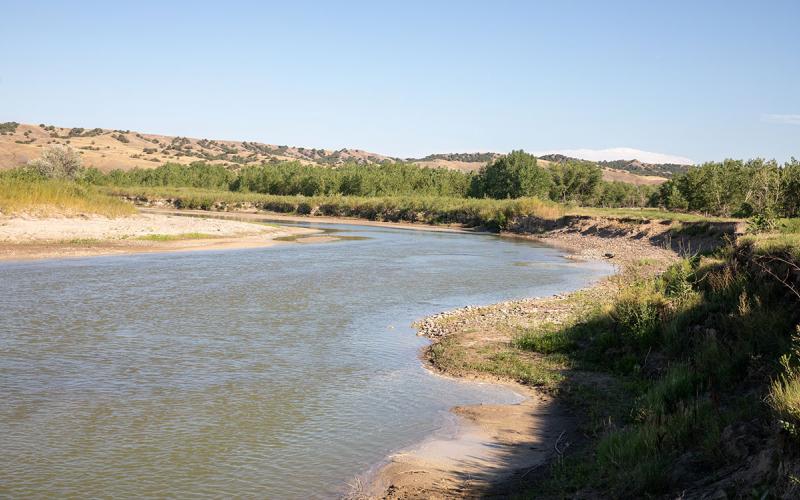
Water Rights in a Time of Drought
During a drought, it is not surprising that the South Dakota Water Rights Program will see an increase in permit applications. In South Dakota, water is considered the property of the people of the state, and depending on your intended water use, a water right permit may be needed.

Sustainable Agriculture Curriculum Workshop Postponed
August 16, 2021
The Sustainable Agriculture Curriculum Workshop scheduled for Aug. 19 at the South Dakota State University Extension Pierre Regional Center has been postponed.
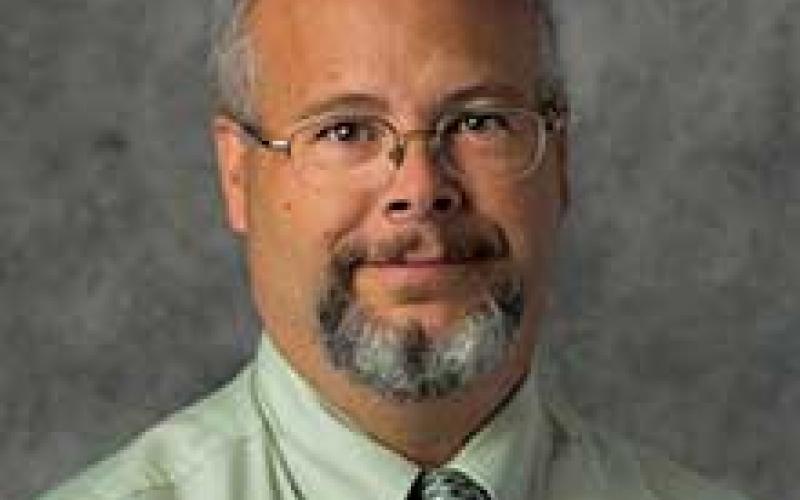
Smart to Lead SDSU Extension Agriculture and Natural Resources Program
July 06, 2021
South Dakota State University Extension has named Alexander “Sandy” Smart as the new Agriculture and Natural Resources Senior Program Leader.

Welded Connections and Shallow Bury Pasture Pipe Offers Alternative to Above Ground Systems
Above-ground systems offer a great amount of flexibility in delivering water and options for changing pasture designs over time or space. However, some producers do not desire to maintain as much flexibility in their systems, and for those individuals more-permanent options exist without going to a deep-bury system.
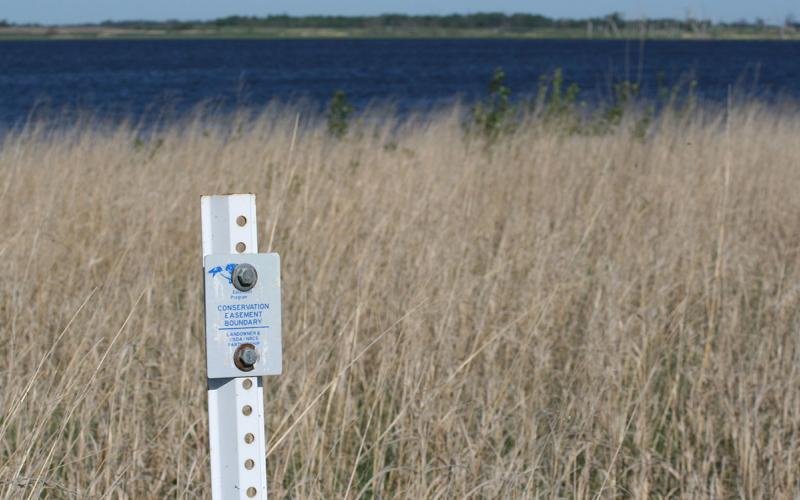
Understanding Conservation Easements
Conservation easements are a common, yet often misunderstood, real estate transaction tool. This article is intended to provide factual information regarding the rules and regulations that govern the use of conservation easements in South Dakota.
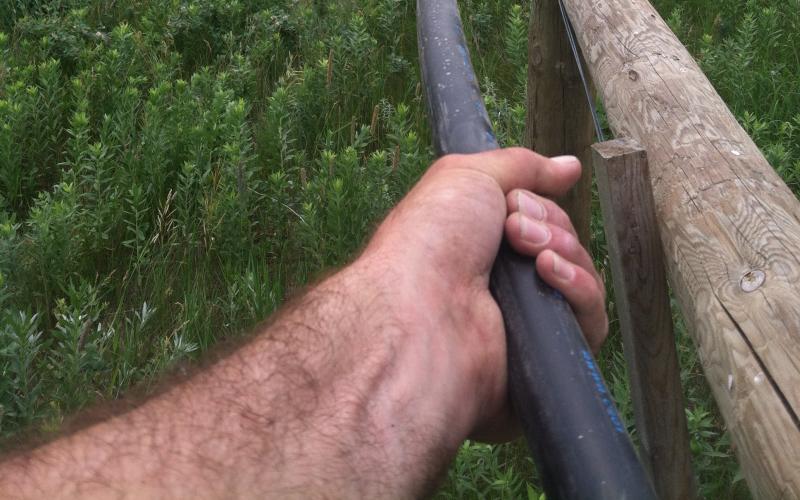
Recent Changes in Above-Ground Pasture Pipe Requires Matching Pipe and Fittings Correctly
Above-ground water systems have become a very popular tool to deliver clean water from reliable sources to pastures across South Dakota. Many of us assumed some of the new fittings from different manufacturers are universal, but it turns out they are not!
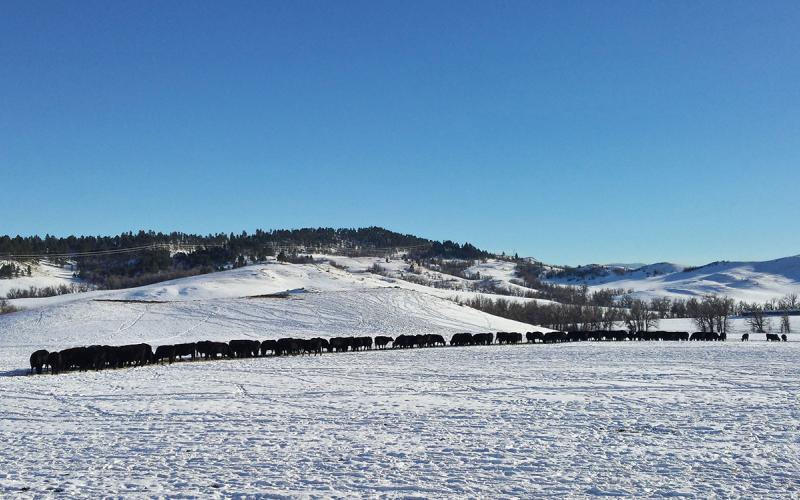
Swath/Bale Grazing
Swath grazing and bale grazing are harvest systems that mesh haying and grazing techniques. Generally, the objective is to reduce labor and equipment expenses by allowing livestock to consume the hay crop in the field.
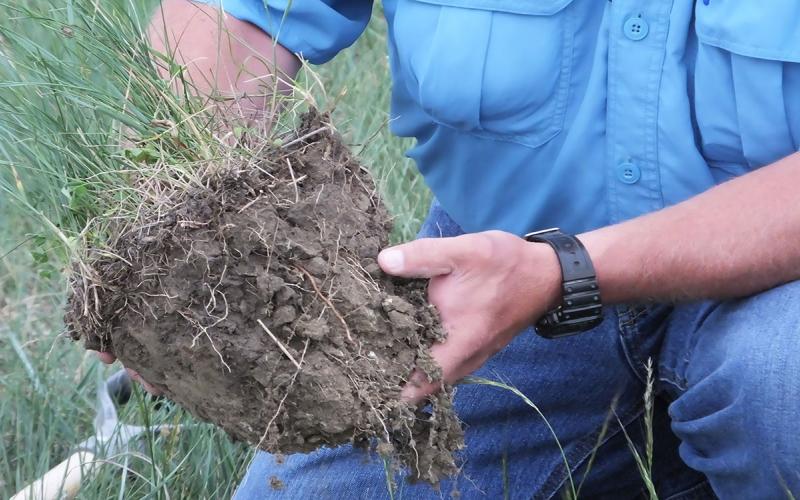
Fertilizing Grasslands
Grassland fertilization, like many other grassland management topics, is highly dependent on certain parameters, such as soil type, vegetation type and harvest methods.

Managing and Protecting Grasslands for the Future
Grasslands are a valuable resource for South Dakota, and many of our core industries rely on the perpetuation of healthy grasslands for agriculture, recreation and tourism. Regardless of goals and objectives, many grassland landowners desire assistance with short and long-term grassland management goals.
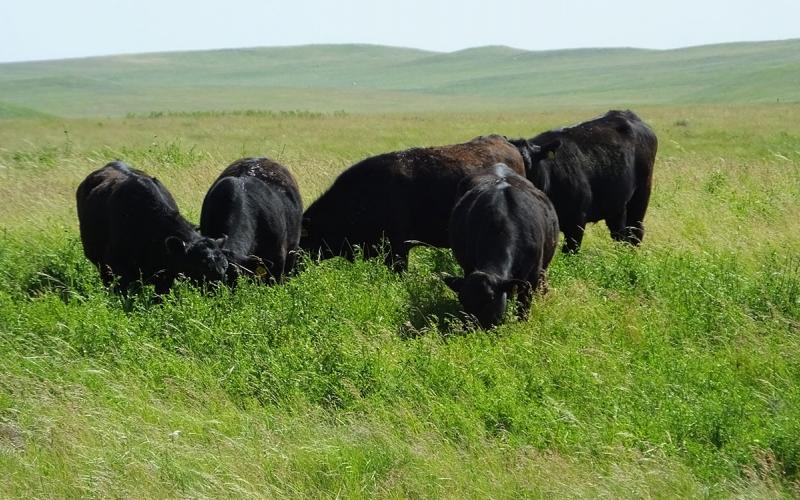
Estimating Livestock Consumption
When planning a grazing strategy, it is important to carefully assess goals and objectives and then match those goals and objectives with the appropriate livestock. It is critical that the manager understand that not all livestock are created equal.